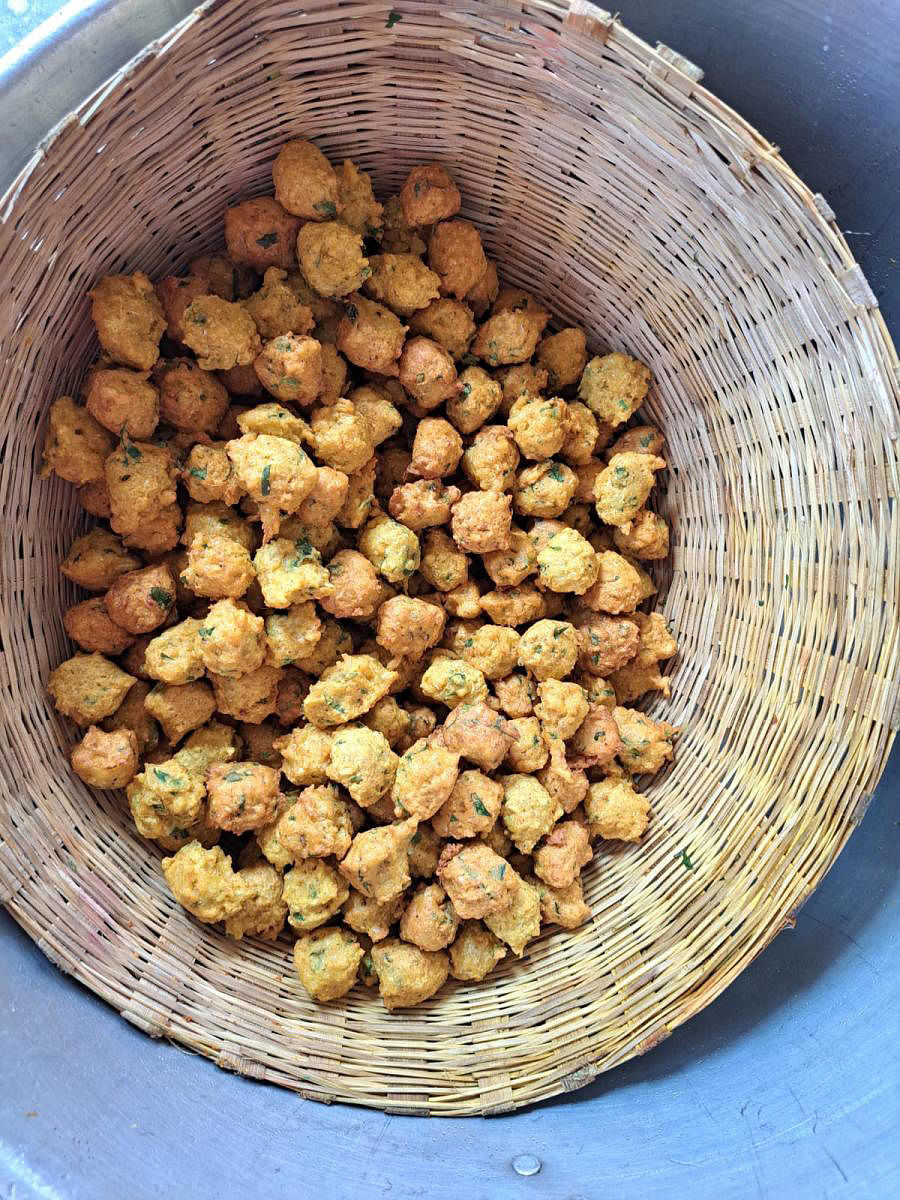The higher taste

The markedly obvious footprints of the colonial era are understandable. For, Shimla was till the 18th century a dense forest guarding an ancient temple and a few patches of civilisation. The quest to capture it in the early decades of the 1900s introduced the British to home-like weather. Soon, it became a hotspot for balls, parties and hence, a place for prospective alliances (a là Bridgerton). The popular Christ Church, Mall Road, and Town Hall, still seem stuck in a time warp. They were familiar with the English high teas, howsoever pretentious, but the overwhelming aromas of routine Italian and Asian preparations seem to confound them. The fare that is available in almost any city has overtaken the lanes and the fancy of the multitude that throngs them. The quest to escape the ubiquitous took me some 20 km away. Mashobra is still nestled in unexploited surroundings of deodars and pines, with apple orchards, blooming flowers, and unadulterated air, bringing with it faint hints of forest scents.
Along with the quiet that the misty mountains stand guard to, the food here put Himachal back into the equation by introducing me to dham and its influence on the local cuisine. Some say, more than a thousand years ago, King Jaistambh, a descendant of Lord Ram’s son Kush, was so enamoured by the 36-course royal Kashmiri wazwan that he ordered the cooks back home to evolve a similar menu in the local Chamba tradition with the whole yield of the region at their disposal, albeit without meat. And, the lavish meal that resulted from the exercise was called dham. Some find its origin in the temple food of Himachal, much like many other cuisines in the country. King Jaistambh, hence, might have been the one to offer the very first dham to the deities, and thereafter, it became the feast for every big religious festivity in the temples. The Satwik feast was made only by a group of Brahmin cooks known as botis who adhered to strict practices while cooking. “We still cook dham, which generally consists of a dozen of preparations, bare feet with no one else than the core team allowed to enter the cooking area. A trench is dug and the food is slow-cooked for seven to eight hours in charotis (copper pots with small mouths) on the wood fire. It also gives the food its unique flavours,” Sanjay Mishra, a boti from Pathiar in Kangra, told me. His generations have lived near the famous Chamunda Temple and have been the custodians of the recipes which are passed on just by word of mouth or practice. “With no written recipes or measurement for ingredients, it is still the head boti who adds the spices to every preparation, owing solely to his experience,” Mishra added.
The traditional dham platter does not have breads, and consists of plain rice, madra (yoghurt-based lentil curry) khatta or mahni (sour chickpea curry), kheru (spiced buttermilk soup), sepu badi (black lentil dumplings curry), maash dal (whole black lentils cooked with spices), and meetha bhaat (sweet rice). A Himachali thali now borrows a lot from the traditional feast and adds a few other delicacies, including non-vegetarian, to offer all flavours on one platter, starting with kheru. Called rehru in lower Himachal and khairu in upper, the soup is a delicate preparation with generous amounts of fresh coriander and seeds. The colourful and abundant thali that followed had salad as a sole representative for vegetables. “The hilly terrain of Himachal Pradesh made it hard to grow vegetables. The cattle, and hence, dairy products were in abundance. Since it was hard to get the vegetables from elsewhere too, the traditional cuisine here used a lot of lentils, rice, pulses and meat,” chef Pranay Mallik, told me while I savoured the Himachali flavours. When it comes to dham too, vegetables like pumpkin, potato and so forth gained entry much later when they started reaching various regions.
Mallik had interestingly infused the prime condiments or flavours of a Himachali meal into one preparation — madra pulao. It was the unification of Kashmiri and Chamba style of cooking into local produce that led to the creation of madra. It was typically red kidney beans cooked in ghee, yoghurt and almost 20 spices. Legend has it that the brides of Chamba took it to Kangra, where the unavailability of rajma led to chickpeas taking their place. Later, almost every region developed its own madra. The mild and unique flavours, without the overwhelming onions and tomatoes, were evident in aloo palda and chha gosht too. Again yoghurt-based, while the former is made in mustard oil and flavoured with cardamom, cinnamon and cloves, the latter is a slow-cooked preparation of marinated lamb. The sour onion chicken and pahaadi dal were well complimented by the local red rice, which was facing extinction some years back. The neutral flavoured, high on iron and low on sugar variety is a speciality from Shimla valley. If the sour brought to the table the necessary khatta which helps remove the fats of madra as envisaged in the development of dham, the finale was meetha bhaat, rice cooked with sugar or jaggery, saffron milk, dry fruits and spices, to not only let the sweet taste but the memories too to linger on for long.
Deccan Herald is on WhatsApp Channels| Join now for Breaking News & Editor's Picks